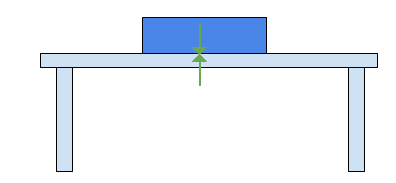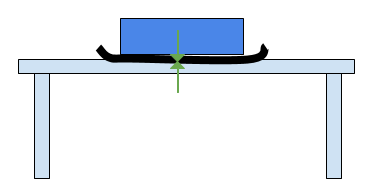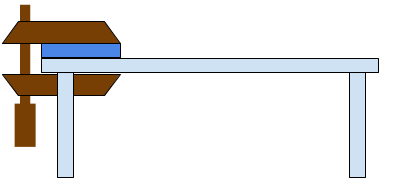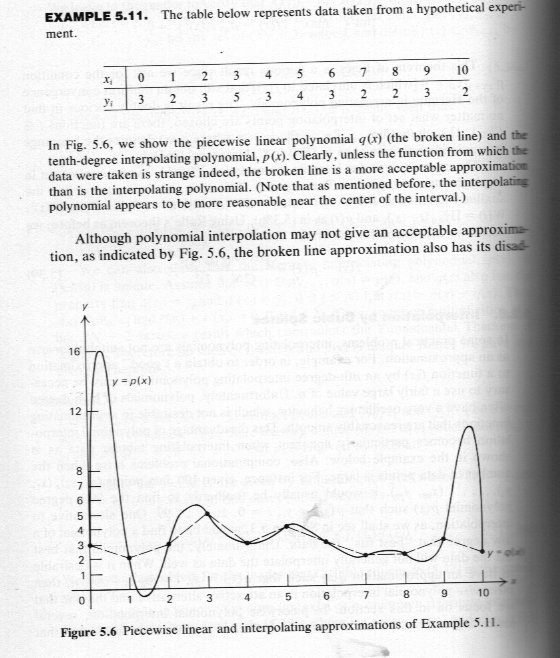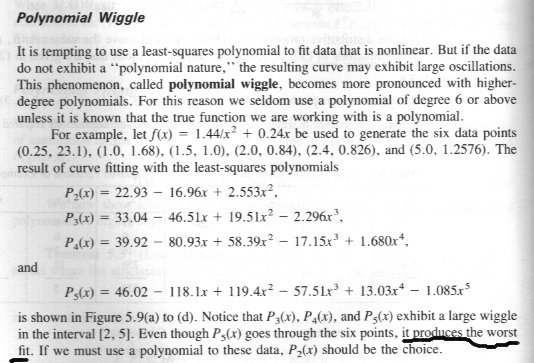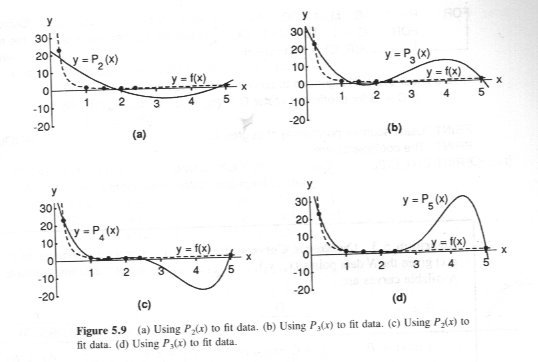Leaderboard
Popular Content
Showing content with the highest reputation on 05/27/20 in all areas
-
Just to echo what others have said, and to add my thoughts as I have some (limited) experience of garden-shed inventing. First, your experiences are not new. This is the process that most (all?) inventions and new products have to go through - a sort of rites of passage for want of a better phrase. Apparently WD40 is so called because it was the 40th formula for a water displacement product, after 39 failed attempts to come up with something viable. Successful inventors need to be customer, not product, focussed by identifying thier (the customer's) need and wants, gaps, and ambitions. This is achieved best by targetted market research. If your unsolicited emails are not working then as others have said you need to put in some legwork and invest time, energy and most definitely money. ie speculate to accumulate. Once you have a foot in the door, not only do you need to sell your ideas and concepts you need also to sell yourself - build up your CV to give yourself credibility and added value. You should also consider that those you approach may have contractual obligations or strict procurement processes that may prevent them from direct engagement. And most importantly: learn from your "failures" then try, try and try again. Good luck2 points
-
@Theredbarron here is an idea how I think you could have formulated the initial question with lower risk of being dragged in an (unwanted) detailed discussion about the specific experiments. Hopefully this post helps OP in future topics and increase the odds for fruitful discussions*. I have an idea about doing some experiments in vacuum. Not just low pressure as on a mountain top or high up in the atmosphere, but vacuum. More specifically I wish to create, or get as close as possible, to the vacuum of space. Right now I have a meter. The best I manage to get to using my current equipment is a reading of 29 inch hg on the meter. How does my current meter reading compare to the vacuum of space? What difference would it make if I could reach a reading of 30; how much closer to the vacuum of space would a reading of 30 be? The above question is not intended to be the perfect vacuum question from engineering or scientific point of view, it’s just a variant on the initial question intended to help the formulation of future questions. The question intentionally still contains issues from OP regarding units, measurement relative to local atmospheric pressure etc, written from OPs point of view with the information available at that point. From this point there would still be lots of questions about the meter, units, issues with equipment and others but maybe less focus on the actual experiments. *) I've learnt some new things about vacuum measurements and units from this thread.2 points
-
Sometimes the following distinction may help: what do we need to know to find an actual action/reaction pair vs. what do we need to know find the magnitude of the force. Let’s try to stay simple and use example from previous diagram, I’ll do it without math this time*. Using the picture we ask two separate questions: 1: “Can you find an action/reaction pair of forces involving the book and the table?” I could answer something like “There is contact force between the table and the book. The book presses down on the table with some unknown force and the table pushes back with an equal and opposite force directed up. The upwards force is called normal force.” Note that there is no reference to gravity, it is not needed to find the action/reaction pair and not included since it is not part of the action/reaction pair. Let’s add the second question: 2: “The mass of the book is m. What is the magnitude of the action and reaction force in question 1?” Answer is “mg”. Now I have to know the mass and assume that gravity is causing the force down. But that does not change my first answer for the action/reaction pair. Now let’s add an analogy to further illustrate the difference between the action/reaction and gravity in this example. We put a black piece of paper between the book and the table. The paper’s mass is low and considered zero in this discussion. What is the action/reaction force between the paper and the table? The answer is pretty much the same as above “The paper presses down on the table with some unknown force and the table pushes back with an equal and opposite force directed up”. No reference to gravity. What is the magnitude of the force? Now things change. There is no way of telling the magnitude from looking at the table or the paper. We need to look at the mass of the book to get the answer “mg”. Last analogy for now: Let’s assume a very light book is clamped down to the table. The clamp’s pressure is high compared to the mass of the book so mass of book and clamp is neglected. Again, what is the action/reaction forces for book/table? Answer is same as in the first case: The book presses down on the table with some unknown force and the table pushes back with an equal and opposite force directed up. What is the magnitude of the force? Now we can’t use gravity at all, we have to get the force the clamp presses down with. Hopefully the above illustrates how one can look at the cause of some force vs the action and reaction pair some force causes. That is a valid point, I'll try to get time to do some example/comment that fits in the context of OPs question. *) Other members have already contributed good math, I’ll add formulas if requested.1 point
-
There is a lot being said here regarding getting to know a prof, but I think that this is not the key issue here. The main challenge is that the pitch it unclear and as a researcher I would not see an immediate actionable beneficial path. Ultimately, academics are busy and I would need to know why I should invest time into something incredibly vague. Considering that the pitch is very broad it is not clear what precisely the provided expertise is, who is going to pay for materials and so on. Basically OP is proposing a rough idea and hopes that folks buy into it. But that is generally not going to happen. One will need to make at least some headway into demonstrating that whatever one provides has the potential to be useful and make the investment from the researcher worthwhile. Ultimately, commitment to a collaboration is an investment of time and time is the most limited resource we have. It would help immensely if OP could outline specifics so that folks can look at it and see whether there is potential for them or not. It would also help to inform oneself on already commercialized automations. For example, pipetting robots are very helpful for high-throughput analyses. But they require high precision and are therefore very expensive. Other folks (myself included) also occasionally develop new analytical schemes. We often buy, say pumps, PMTs and so on and try to make them play nice via labview or similar. What new would OP bring to the table in that area, for example? A cold call is in its essence a sales pitch. You are trying to get folks interested in something and considering the time constraints you always need to make it pretty clear what is in for them and what is the expected investment. If you want skills you need be specific in what they are and what you can deliver, for example. The way OP is phrased it basically reads like "I have certain skills, please outline a project to which I could apply them for- I will work on it and at some point (?) we might commercialize it". This is not a very attractive pitch as it does not have a scope or even an outline how one might imagine a collaboration to work. There are various ways to create interest, and I usually only respond when I see at least some way forward. The same will be for most other folks, our inboxes are overflowing and we literally only have a few seconds to deal with such requests otherwise we will never get to the end of the list (and honestly more than a few get lost in the process).1 point
-
Because engineers investigate. And scientists “carry out” (I assume you mean do/implement things, rather than get takeaway food ) It is an arbitrary and misleading distinction1 point
-
'Collocating' comes from co - location or co located ie in the same place or better places. There is no reason for these places to be zeros, though they could be. Collocating points are simple a set of points where the collocating function's values (or perhaps slopes for differential equations) exactly match (pass through) the known points either form a curve we are trying to fit or a set of individual data points. Here are some examples which show the effect of higher order functions 'wiggling' more. This is why when we do finite element analysis, low order approximating functions are preferred bwtween the mesh points.1 point
-
Or look for a job as a lab technician to build contacts and experience I suspect most people who do the sort of freelance design work you are talking about, start out by doing work for their former employer(s). It can be hard to get started without a proven track record of successful projects and satisfied clients1 point
-
No, in physics space and time represents a dimensional coordinate system. Three spatial dimensions and one temporal dimension allow us to plot the where and when of an event. This is a big stumble in your reasoning. Can you give an example in a duality where only one part exists? Space is empty volume. Is that what you're observing? And why can't you observe time? We have LOTS of ways to measure it, so why do you think there's an absence of observation? Relativity treats space and time as a continuum called spacetime. Space does NOT pass by, or travel. Space is volume. Matter inside a particular point in space can travel (is always traveling), but the space itself doesn't move (other than through expansion). I need to come up with a name for what you're doing here, because it's getting to be more common on the internet. Your education probably didn't emphasize STEM subjects, but you've read some popular science articles and find you enjoy them and they aren't as far over your head as you thought. But instead of asking questions, or researching further on your own, you started making stuff up to fill the gaps in your knowledge, and that's a problem. First because science isn't required to be intuitive. Some aspects of physics are really tough to understand without a good foundation. And second because anything you make up is going to make PERFECT SENSE to you, but ONLY to you. You need to study more. The popular science articles are written to be enjoyed, but not necessarily to teach. They're trying to get you more interested in digging deeper, and I encourage you to do so. You're obviously smart, so go straight to the source and get the good stuff, the mainstream science knowledge humans have been putting together for you for a thousand years.1 point
-
Yes. I see iNow already answered this. As a side note. You can call member of this forum by using character "@" and somebody name (pick it from drop-down list of names, then finish with LMB click or press enter).. You will see something like this: @zkutch Member of the forum will receive information about you mentioned him or her. When you are happy with replies i.e. they were useful answers to your queries, you can award member of the forum by pressing drop-down button with heart and giving "upvote". If you will be writing polite, senseful, helpful replies, other members of the forum will award you with upvotes, and your rank will grow.1 point
-
Your contorted use of language makes it completely unclear what you are trying to say. I'm not quite sure what you expect climate scientists to do: report the dramatic changes in climate but not say anything about what the effects might be in order not to worry people?1 point
-
I'm eating a catfish sandwich at the moment, really good, just hard to keep the little bastard from wriggling off the bread...1 point
-
1 point





